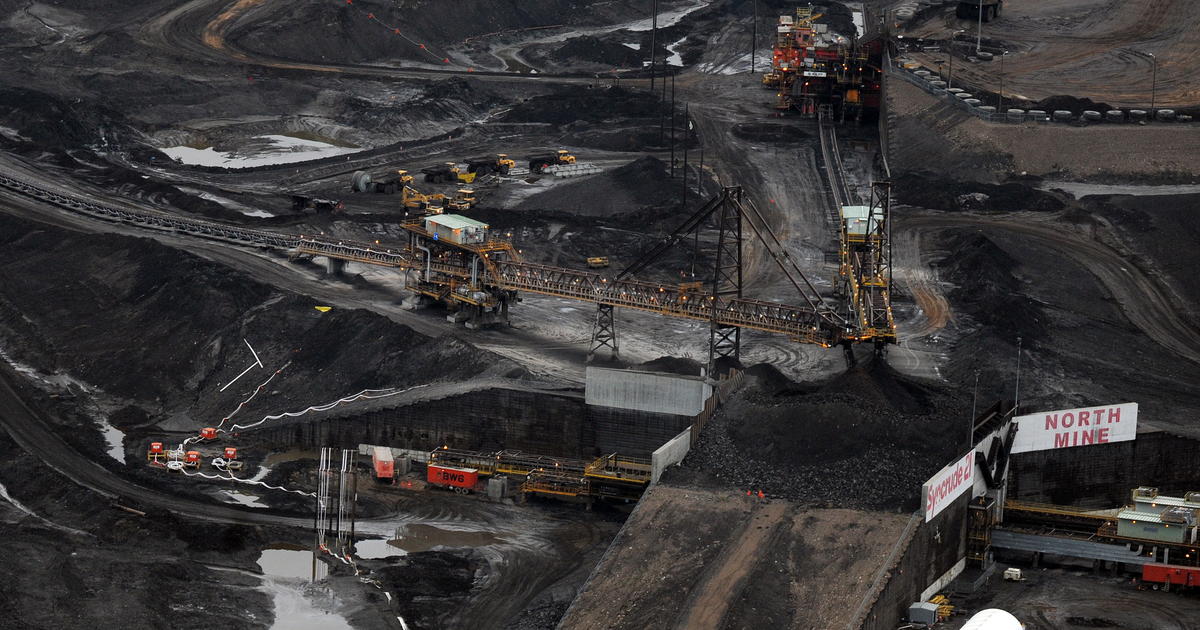Shale Oil & Gas Analysis
The analysis of shale oil and gas is critical in the oil and gas sector to ensure optimal extraction, processing, and utilization. Shale formations are complex due to their low-permeability nature, making advanced analytical techniques essential for understanding the composition of the resource.
Shale oil and gas contain a wide range of hydrocarbons, including methane, ethane, propane, butanes, pentanes, and heavier hydrocarbon fractions. The analysis helps in determining the quality, quantity, and potential economic value of these resources. This process involves multiple stages: sample collection, preliminary screening, detailed laboratory testing, and final report generation.
Advanced analytical methods such as gas chromatography (GC), mass spectrometry (MS), and nuclear magnetic resonance (NMR) are often employed to analyze shale oil and gas samples. These techniques provide a comprehensive understanding of the hydrocarbon content, molecular structure, and potential for upgrading or refining.
The accuracy and reliability of these tests can significantly impact the decision-making processes in exploration, production, and utilization phases. For instance, accurate analysis helps in determining the optimal extraction methods, identifying the presence of valuable compounds, and assessing the environmental impact.
Understanding the composition of shale oil and gas is crucial for optimizing extraction techniques such as hydraulic fracturing (fracking) and ensuring compliance with environmental regulations. The testing process also aids in predicting the behavior of the resource under different conditions, which is vital for long-term sustainability.
Benefits
The benefits of shale oil & gas analysis are multifaceted and extend across various aspects of the industry:
- Enhanced Resource Utilization: Detailed analysis ensures that all valuable components are extracted, leading to higher efficiency and profitability.
- Environmental Compliance: By understanding the environmental impact, companies can implement measures to minimize adverse effects.
- Technology Optimization: Analysis data helps in refining extraction techniques for optimal performance.
Industry Applications
The application of shale oil & gas analysis is extensive, covering various sectors within the oil and gas industry. Below are some key areas where this service plays a crucial role:
| Application Area | Description |
|---|---|
| Exploration and Production | Determining the presence of hydrocarbons and their quantities for strategic planning. |
| Environmental Monitoring | Evaluating the environmental impact of extraction activities. |
Hydraulic Fracturing: Analysis helps in optimizing fracking parameters by providing insights into the composition and behavior of shale oil/gas under different conditions.
Upgrading and Refining: Detailed analysis allows for better decision-making on how to upgrade or refine shale oil, enhancing its value.
Quality and Reliability Assurance
Ensuring the quality and reliability of shale oil & gas analysis is paramount. Our laboratory adheres strictly to international standards such as ISO/IEC 17025, ensuring that all tests are conducted with precision and accuracy.
The process begins with rigorous sample preparation, followed by detailed analytical techniques using state-of-the-art equipment:
- Sample Preparation: Samples undergo thorough cleaning and conditioning to eliminate contaminants.
- Analytical Techniques: Utilizing GC, MS, and NMR for comprehensive analysis of hydrocarbon content and structure.
The results are then compiled into detailed reports that provide actionable insights. Regular calibration and validation of instruments ensure the reliability of our findings.





